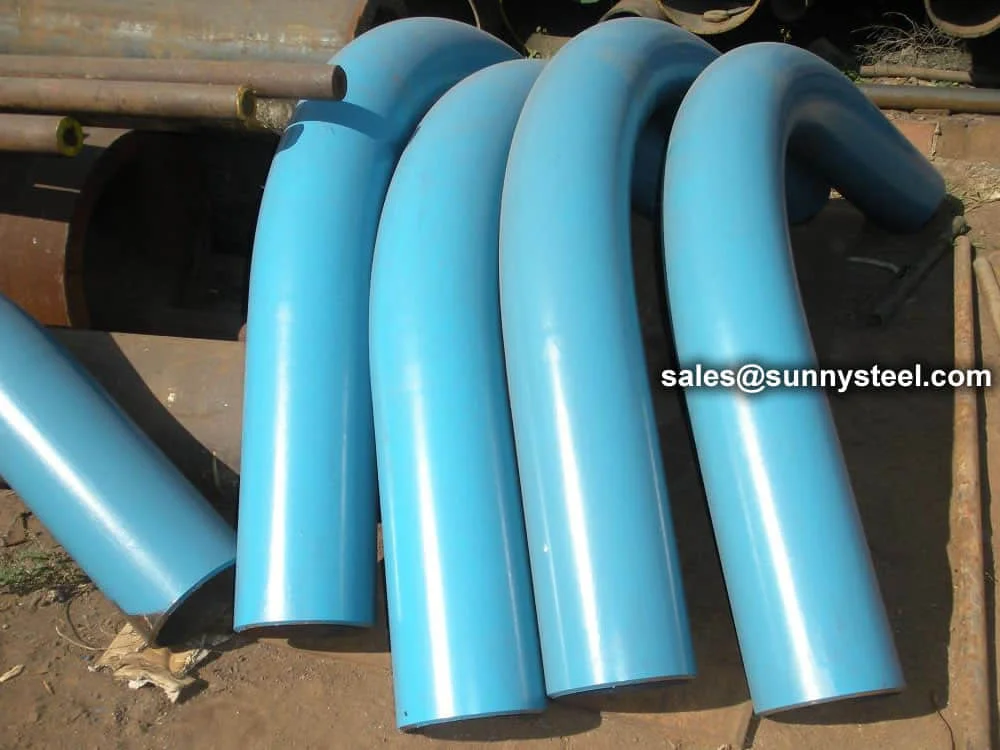
Seamless And Welded 7d Pipe Bends For Superior Flow In High-pressure Systems
A 7d pipe bending is a pipe bend that the bend radius is 7 times the pipe outside diameter.
Seamless And Welded 7d Pipe Bends For Superior Flow In High-pressure Systems
A 7d pipe bending is a pipe bend that the bend radius is 7 times the pipe outside diameter.
7D Pipe Bends are pipe fittings with a bend radius seven times the pipe’s nominal diameter (e.g., a 10” pipe has a 70” radius), designed for industrial piping systems requiring minimal turbulence and superior flow efficiency. Compliant with standards like ASME B16.9 and MSS SP-43, these bends are crafted from carbon steel (ASTM A234 WPB) or stainless steel (ASTM A403 WP304/WP316), offering exceptional strength, erosion resistance, and corrosion resistance. They are ideal for boiler pipeline protection in industries such as oil and gas, power generation, chemical processing, and long pipeline applications.
Manufactured through hot induction bending or cold-forming, 7D pipe bends ensure the smoothest flow transitions and lowest pressure loss compared to 3D, 5D, or standard elbows. Available in angles of 90°, 45°, 30°, or 180° (U-bends), and in sizes from 1/2” to 48” (DN15 to DN1200) with wall thicknesses from SCH 10 to SCH 160, these bends are suited for high-pressure and high-temperature systems (up to 870°C for stainless steel, 425°C for carbon steel).
7D pipe bends support welding, bending, and flanging, with excellent weldability for stainless steel and good weldability for carbon steel. Rigorous testing, including chemical analysis, tensile testing (≥370 N/mm² for carbon steel, ≥515 N/mm² for stainless steel), flattening, and nondestructive examinations (radiographic, ultrasonic, or eddy current), ensures compliance with industry standards for demanding applications.
Coated with galvanizing, FBE, or 3LPE for carbon steel, and passivation for stainless steel, 7D pipe bends enhance corrosion resistance, protecting against rust and chemical exposure. Their smooth interior surfaces and larger radius minimize flow resistance, making them suitable for boiler pipeline protection, long-distance pipelines, refinery piping, and structural applications like handrails and sign frames.
For engineers seeking efficient and durable industrial piping solutions, 7D pipe bends deliver unparalleled flow performance, high strength, and reliability, addressing challenges like pipeline corrosion, mechanical stress, and high-pressure demands.
| Specification | Details |
|---|---|
| Standards | ASME B16.9, MSS SP-43 |
| Materials | Carbon Steel (ASTM A234 WPB), Stainless Steel (ASTM A403 WP304/WP316) |
| Sizes | 1/2” to 48” (DN15 to DN1200) |
| Wall Thickness | SCH 10 to SCH 160 |
| Bend Radius | 7D (Seven Times Pipe Diameter) |
| Angles | 90°, 45°, 30°, 180° (U-bends), or Custom |
| Manufacturing | Hot Induction Bending, Cold-Forming, Seamless, Welded |
| Coatings | FBE, 3LPE, Galvanizing (Carbon Steel), Passivation (Stainless Steel) |
| Testing | Chemical Analysis, Tensile, Flattening, Radiographic, Ultrasonic, Hydrostatic |
| Feature | 7D Pipe Bends | 5D Pipe Bends | 3D Pipe Bends | Elbows (ASME B16.9) |
|---|---|---|---|---|
| Bend Radius | 7D (7x Pipe Diameter) | 5D (5x Pipe Diameter) | 3D (3x Pipe Diameter) | 1D (SR), 1.5D (LR) |
| Flow Characteristics | Smoothest, minimal turbulence | Very smooth, low turbulence | Smooth, moderate turbulence | Higher turbulence |
| Size Range | 1/2” to 48” (DN15 to DN1200) | 1/2” to 48” (DN15 to DN1200) | 1/2” to 48” (DN15 to DN1200) | 1/2” to 24” (DN15 to DN600) |
| Applications | Long pipelines, refineries, high-pressure systems | Long pipelines, refineries | Pipelines, automotive, structural | Compact piping systems |
| Corrosion Resistance | Enhanced by coatings/passivation | Enhanced by coatings/passivation | Enhanced by coatings/passivation | Enhanced by coatings/passivation |
| Key Advantage | Smoothest flow, least pressure loss | Smooth flow, low pressure loss | Balanced flow and space efficiency | Compact, cost-effective |
Definition: The bend radius is seven times the diameter of the pipe, ensuring smoother fluid flow compared to shorter-radius bends.
Calculation Example: For a pipe with a diameter of 6 inches, a 7D bend would have a radius of 42 inches (6 × 7).
A curated list of long-tail keywords for 7D pipe bends, covering diverse bending applications, specifications, and material properties.
Note: 7D pipe bends are designed for smooth flow and corrosion-resistant industrial piping across various applications. Contact a certified supplier for detailed specifications.

Radius is three times the nominal diameter. Compact design for space-limited applications.
Radius is five times the nominal diameter. Optimal balance of flow and space requirements.
Radius is ten times the nominal diameter. Maximum flow efficiency with minimal pressure drop.
For a 10-inch diameter pipe with a 5D bend:
Centerline Radius = 5 × 10 inches = 50 inches
The radius calculation helps determine the space requirements and flow characteristics of the bend.
| Material Type | Grades & Standards |
|---|---|
| Stainless Steel | ASTM A403 WP Gr. 304, 304L, 304H, 309, 310, 316, 316L, 316Ti, 317L, 321, 347, 347H, 904L |
| Carbon Steel | ASTM A 234 WPB, WPBW, WPHY 42, WPHY 46, WPHY 52, WPH 60, WPHY 65 & WPHY 70 |
| Low-Temperature Carbon Steel | ASTM A420 WPL3, A420 WPL6 |
| Alloy Steel | ASTM / ASME A/SA 234 Gr. WP 1, WP 5, WP 9, WP 11, WP 12, WP 22, WP 91 |
| Duplex & Super Duplex Steel | ASTM A815, ASME SA 815 UNS 31803, UNS 32205 (Dual Certified) |
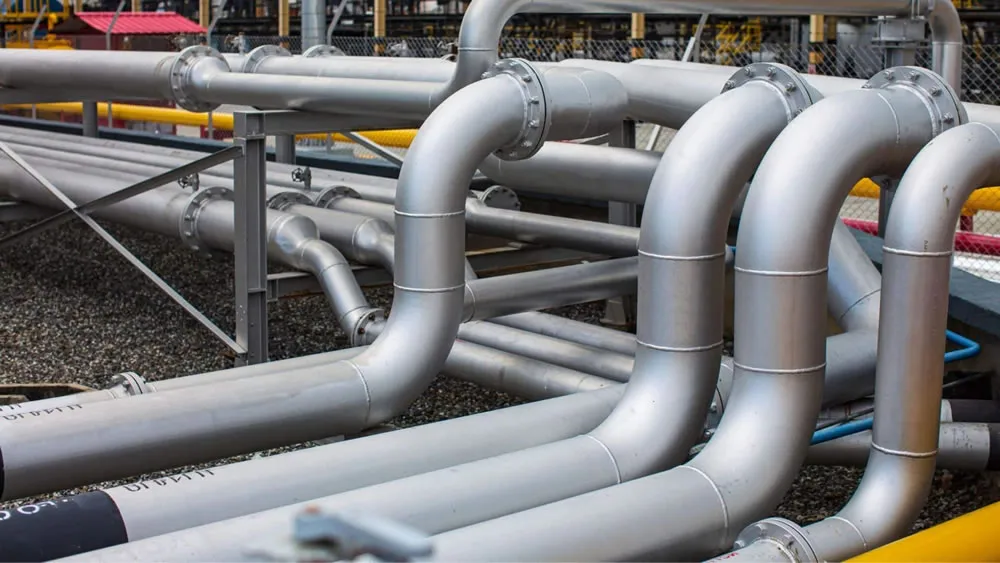
The 7D Pipe Bending are used in the following industries:
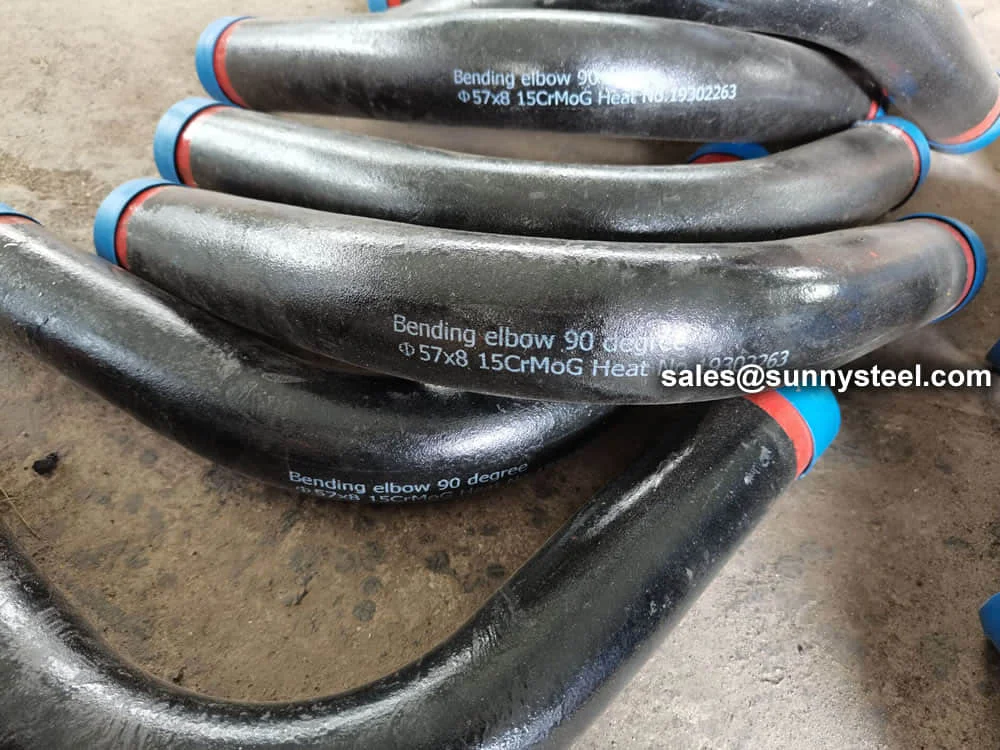
15crmog pipe bending involves shaping seamless all...
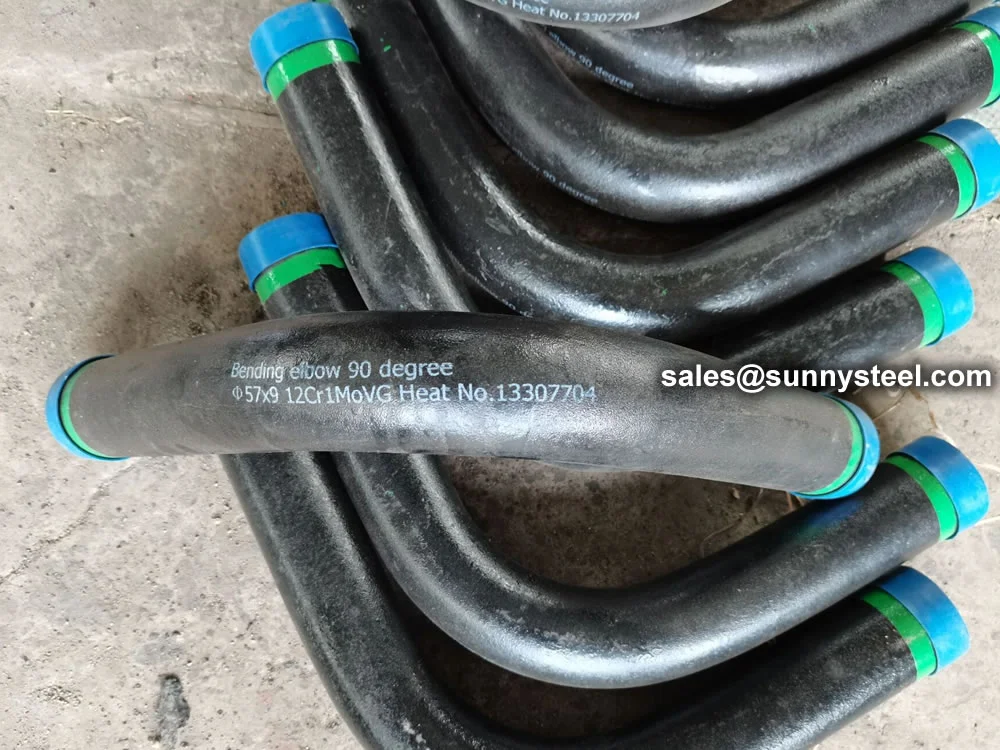
12cr1movg pipe bending refers to the process of sh...
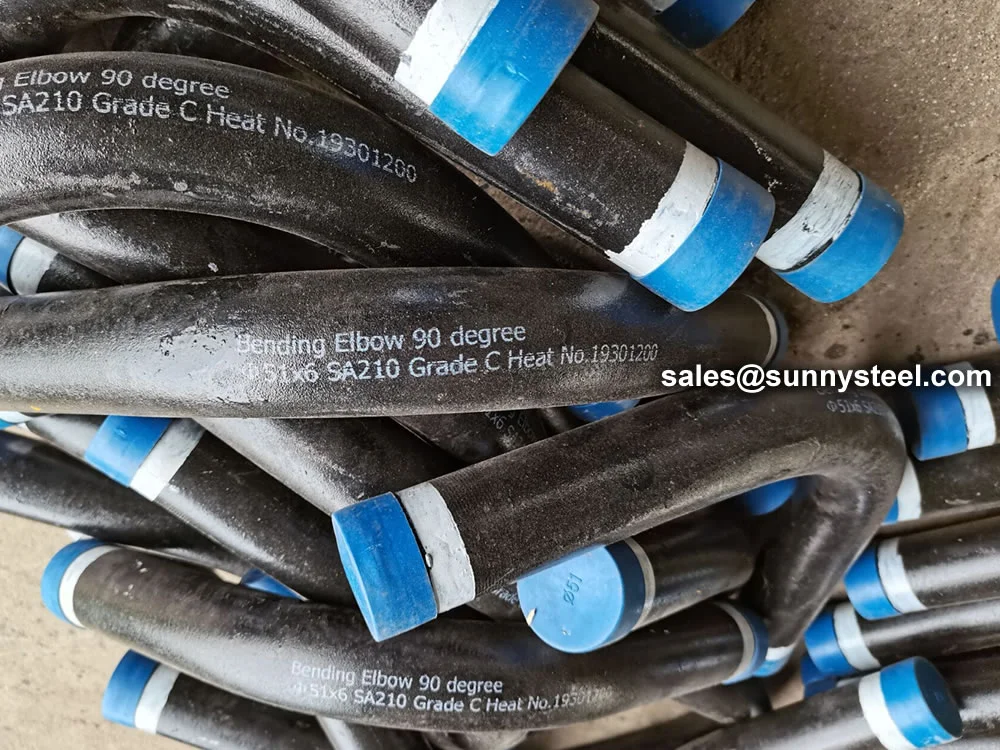
Astm a210 grade c pipe bending involves forming se...
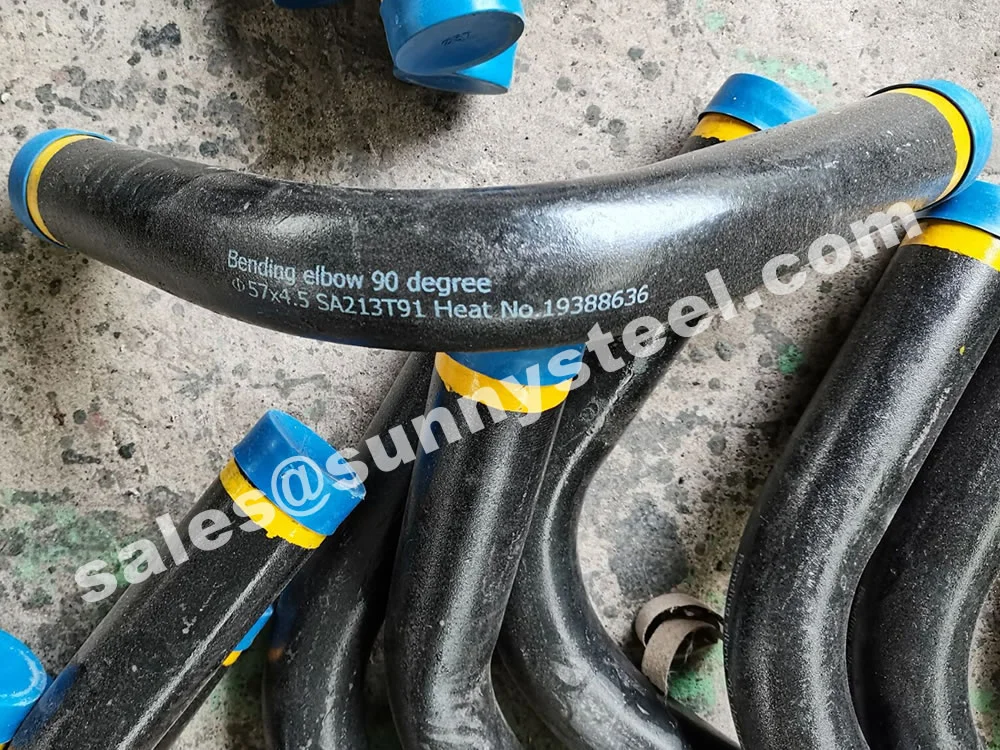
Bending astm a213 t91 requires special care and te...
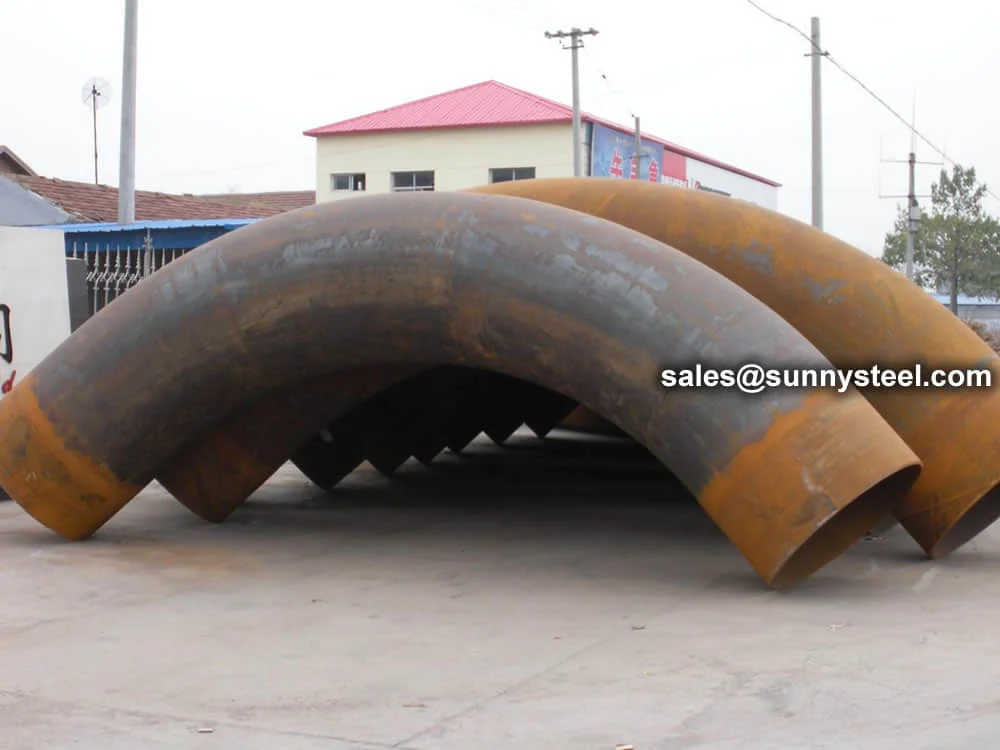
Large size pipe bending refers to the technique of...
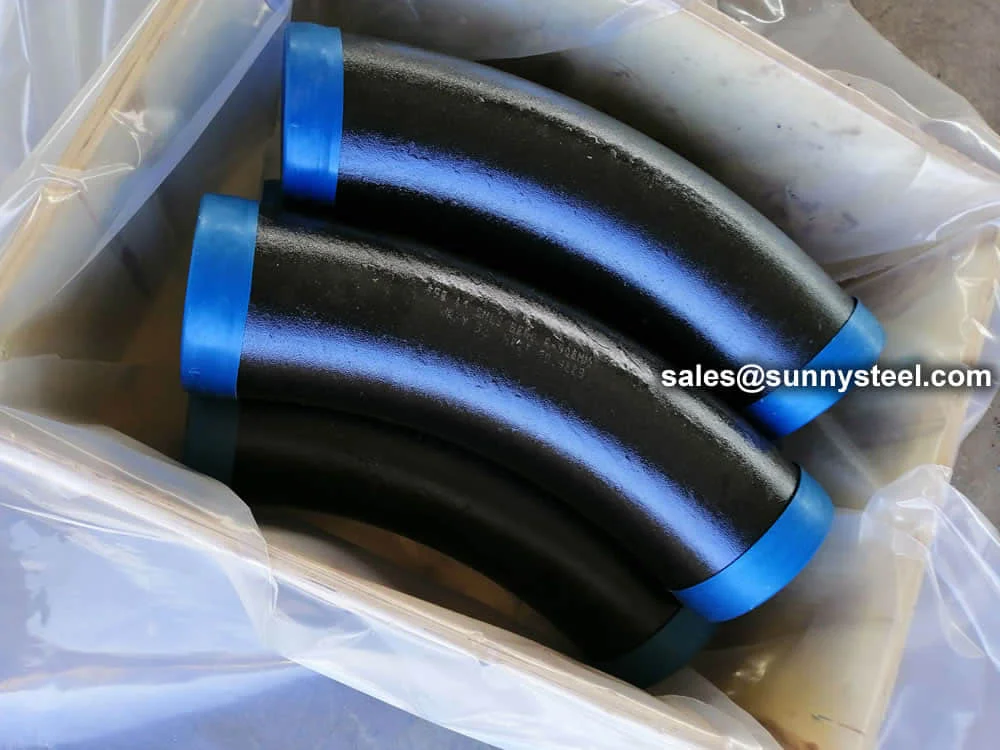
5d pipe bending solutions, crafted from carbon and...